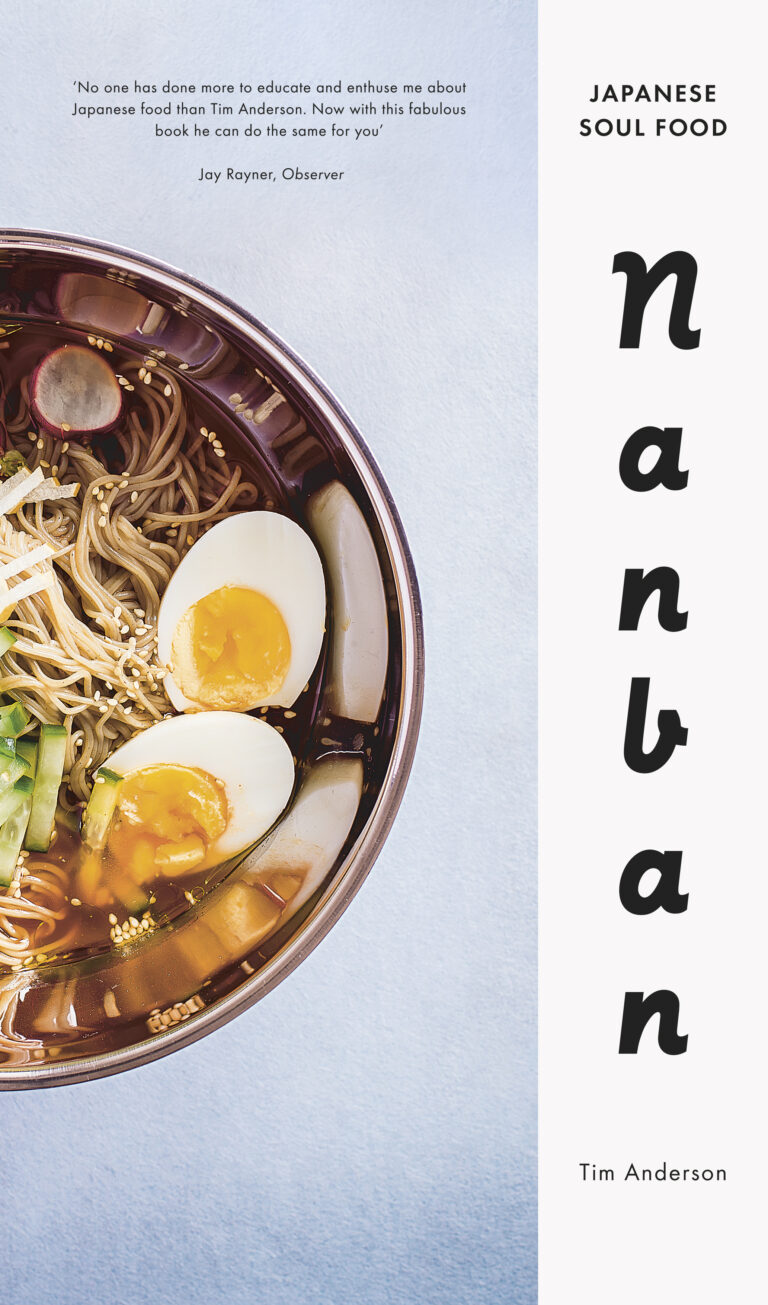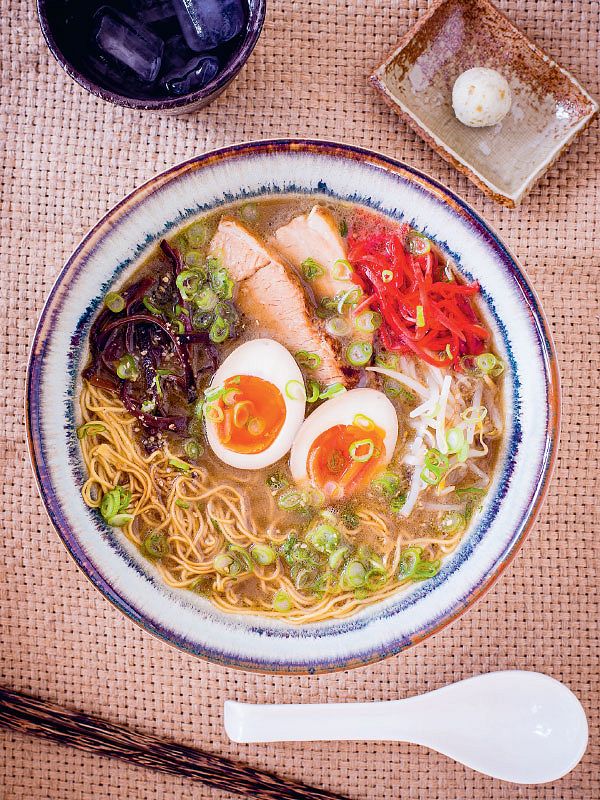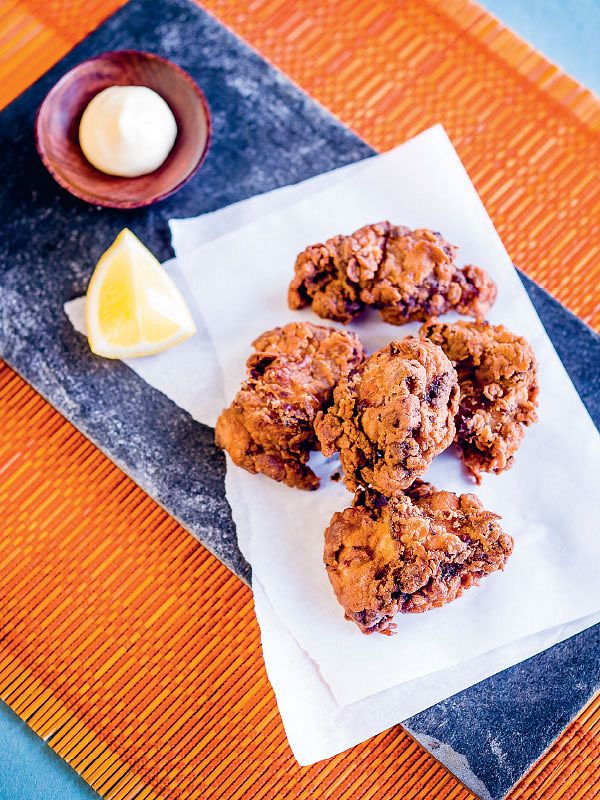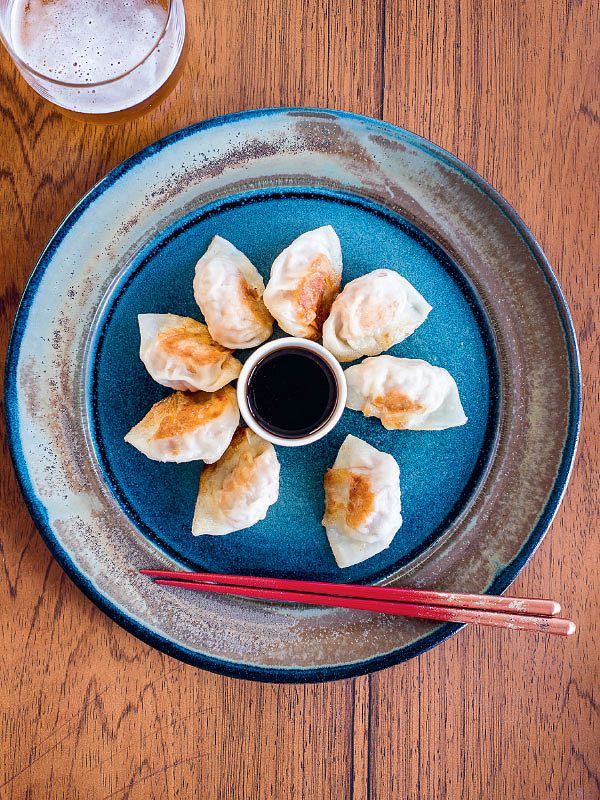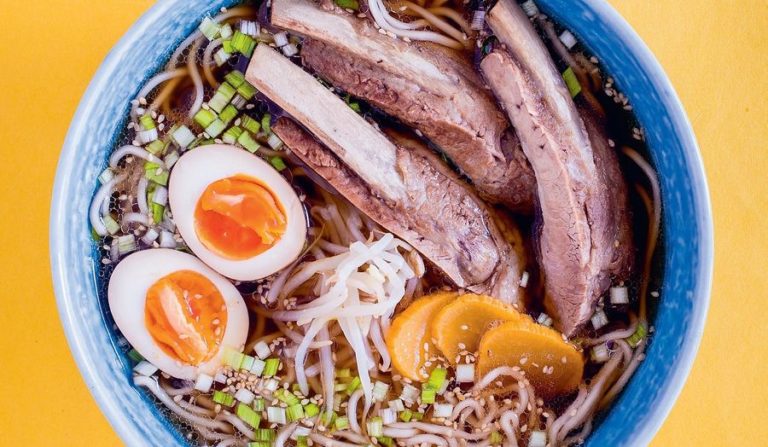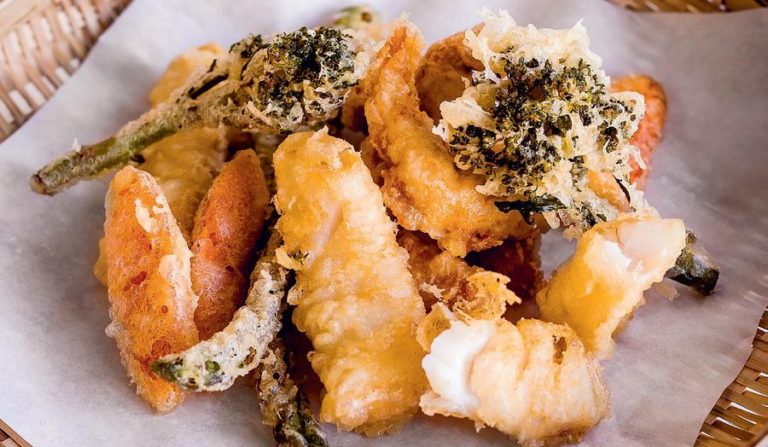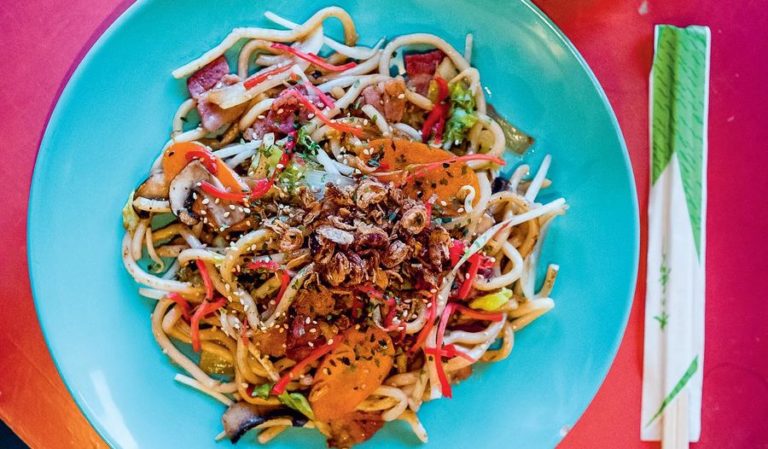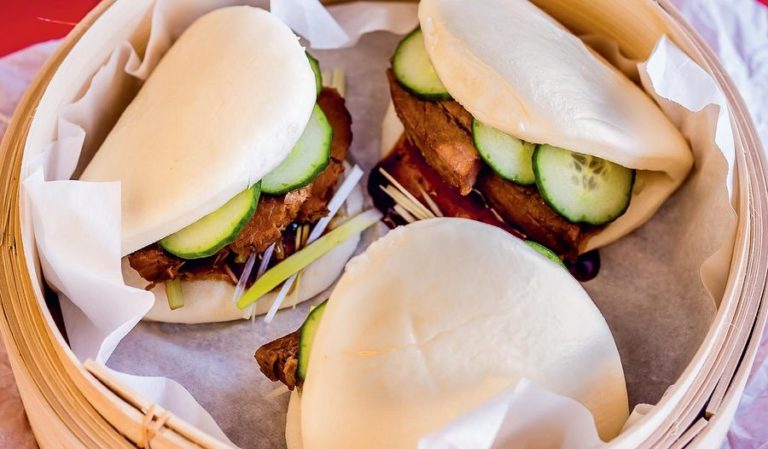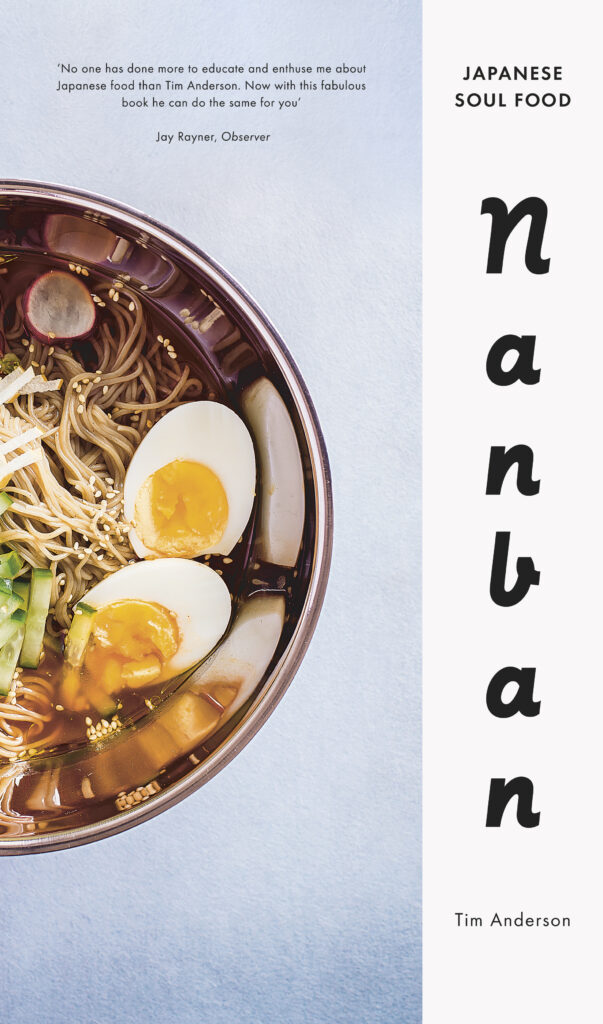Nanban
Written by
Tim Anderson
Who’s the author? The brilliant Tim Anderson, Japanese cooking enthusiast, 2011 Masterchef champion and the ideas man behind the Nanban London pop up restaurants.
What’s it about? From a gorgeous selection of ramen dishes to Tim’s signature Sasebo Burger, Nanban is all about bold, hearty Japanese flavours and unrefined deliciousness.
Recipes we love: the Gyoza dumpling recipes, Cola-braised Pork Belly, Pork Rib Ramen and Japanese Mr Whippy.
Good book for: Anyone looking for an accessible way to get into Japanese cooking. Tim explains Japanese ingredients, how to get them, and how to substitute if you can’t, easy recipes for beginners as well as a couple of bigger projects for food geeks.
You’ll like it if: You’re a fan of the Japanese street-food movement that’s currently exploding on the UK scene. Nanban is the perfect book for impressive entertaining ideas that are far more easily executed than they might appear.
Japanese Soul Food is all about punchy flavours and moreish comfort food. Think a bowl of ramen overflowing with toppings and texture and flavour, gyoza full of umami and spice, or the meltingly soft pork belly buns popularized by Momofuku in New York.
In Nanban, Tim Anderson brings us the best of Japanese Soul Food. From the Sasebo Burger to Japanese twists on Fried Chicken the book is full of unexpected treats. There are chapters on sauces, small dishes, large dishes, grilled items, ramen, desserts and drinks.
Nanban means Southern Barbarian in Japanese and it is what they dubbed the first European settlers. It is a fitting title for Tim Anderson whose passion for taking risks and soulful food saw him win MasterChef with a burger recipe. Nanban also describes all that is good about the Soul Food recipes in this book: bold flavours, hearty dishes, and unrefined deliciousness.
Features
#Shelfie: Take a Tour of Tim Anderson’s Personal Cookbook Collection
With his incredible new cookbook. Nanban, out this week, we asked Masterchef champion Tim Anderson to give us a tour of his personal cookbook collection. Find out which cookbooks have influenced his style of cooking, which books he enjoys reading for pleasure, which book he would save in a house fire and more!
Features
Tim Anderson’s Japanese Ingredient Guide: Five Essential Items
Masterchef champion and Nanban author Tim Anderson talks us through his five essential ingredients in Japanese cooking. If you’re new to Japanese cooking, Tim’s quick and simple guide tells you what to buy and why to buy it.
